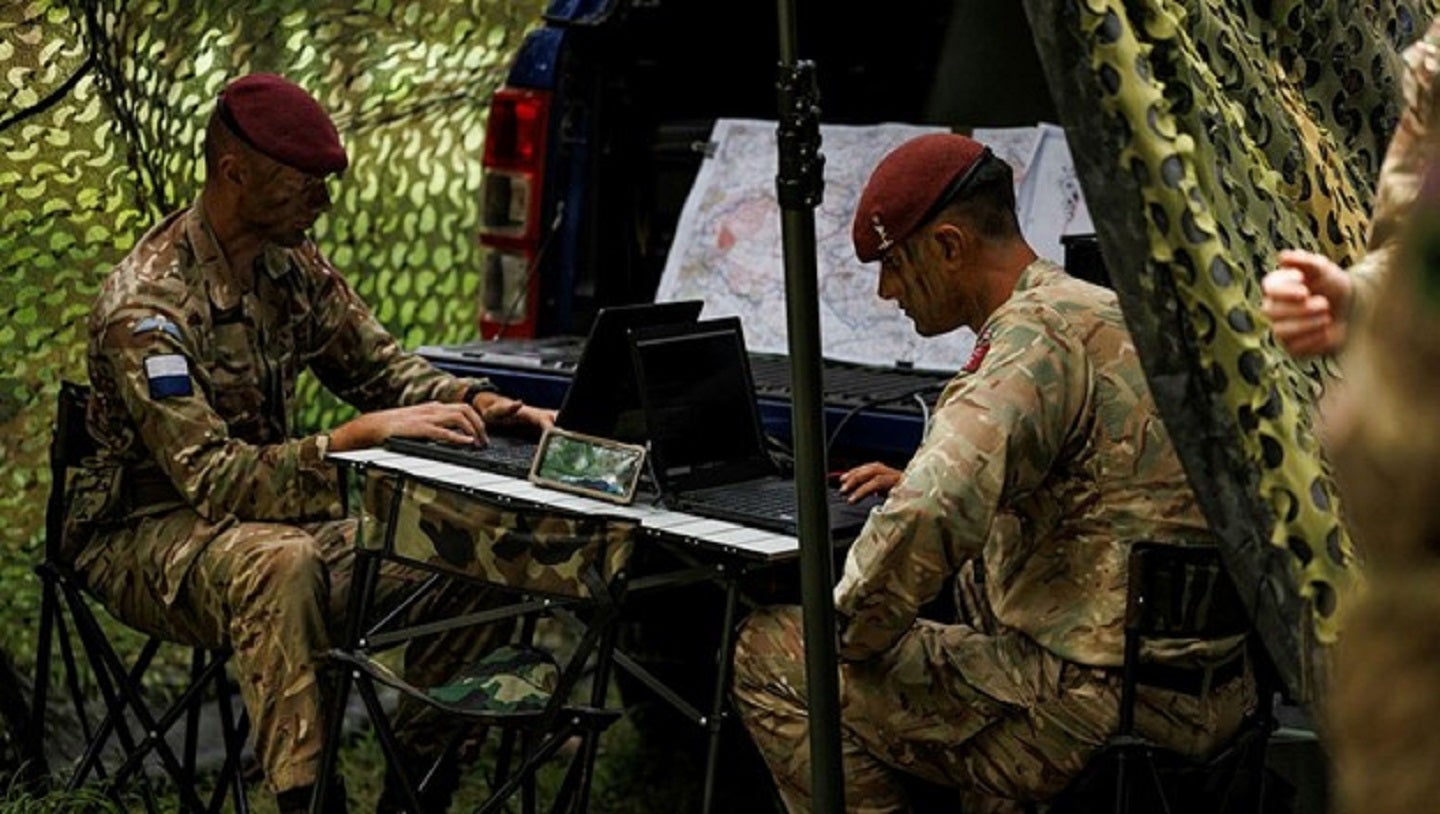
The UK Ministry of Defence (MoD) has contracted its largest defence company BAE Systems, to lead a consortium in developing ‘Trinity’, a Wide Area Network (WAN) providing connectivity across all five domains.
Trinity is a major military solution that leverages data for troops anywhere in the battlespace in real time. The system connects the entire armed forces – from personnel, small reconnaissance drones, combat vehicles, fighter jets, aircraft carriers to military commands – with a series of nodes that capture and move data across a secure network.
The MoD will provide £89m ($113m) to support the consortium’s efforts over a five-year period.
Developing a multi-domain WAN architecture is a complex technological endeavor that brings together a global sophisticated sensor suite and artificial intelligence processing as well as an entire armed force.
The United States is developing a similar programme that is in development: the ‘Joint All Domain Command and Control’ (JASDC2), with each military service developing their own respective initiatives.
Will Trinity rely too much on the space domain?
BAE Systems has said it will combine its defence expertise to develop and deploy the capability using the full spectrum of communications infrastructure; while warning it will “avoid being solely reliant on satellites or fixed infrastructure often targeted by adversaries.”
Notably, however, this deal is the first contract BAE Systems has undertaken since its latest acquisition of Ball Corporation’s aerospace division for $5.6bn. Ball Aerospace is a Colorado-based company, which constructs aerospace technologies and components from sensors to communications that provide data exploitation solutions.
It is no coincidence that the deal to develop Trinity comes just after BAE’s absorption of Ball’s space capabilities; a subsidiary that also leverages critical insight into US defence intelligence circles.
Nonetheless, BAE is aware of an overreliance on the space domain. Therefore, the consortium will use nodes across all domains. For example, on fighter jets, particularly the UK Royal Air Force’s 23 F-35B Lightning II multi-role stealth jets, which BAE is involved in the UK’s development of F-35Bs, which provide highly advanced sensor capabilities.
Multi-domain integration
At the Chief of the Air Staff’s Air and Space Power Conference in July the UK Minister of the Armed Forces James Heappey explained the MoD’s defence strategy is to bundle up its existing assets into a coherent force of assets serving all domains.
“If you apply military planning, and you bring together these systems some of which are third generation, some fourth, some might be touching on fifth, highly complex weapons alongside less sophisticated platforms… But all wrapped up in highly sophisticated decoys… actually, what you see is that the sum of the system is often greater than its parts.
The MoD’s contract with the BAE-led consortium will bring all of the armed force’s asset together into a coherent WAN.
Heappey’s sentiment reflects the approach taken in the recent Defence Command Paper Refresh, published in July.
“The war in Ukraine highlights the importance of the credibility of our capabilities… It affirms the modern western way of warfare: joint and all-domain, underpinned by data and information, both open-source and highly classified.”



